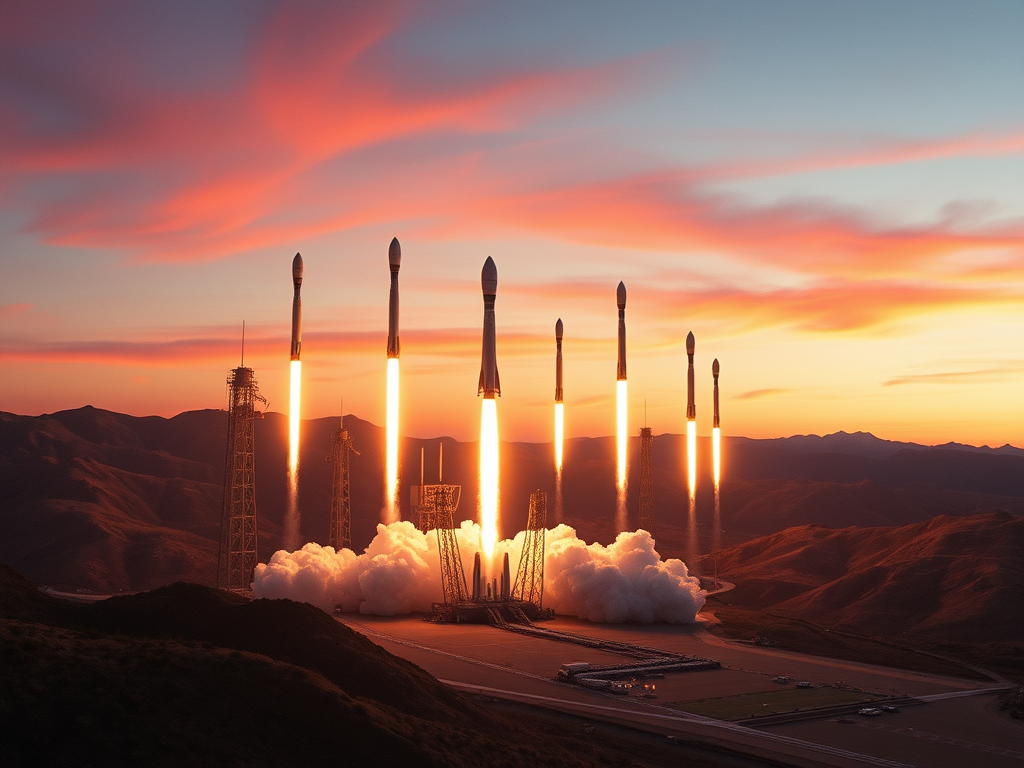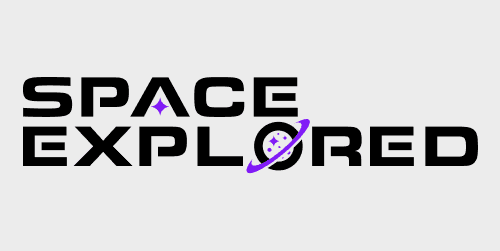
Before the year is out, SpaceX will have launched 138 rockets in 2024, the vast majority out of the busiest spaceport in the world, Cape Canaveral. With the need to fit more Starlink missions into its manifest, it turned to the quiet spaceport of Vandenberg, where it launched 46 Falcon 9s, a new record.
Since 2019, SpaceX’s launch rates have begun to drastically increase each year. This is due to the need for more Starlink satellites in orbit. As SpaceX’s satellite internet service improves with the addition of more satellites, there you can launch, the better you get.
In 2024, SpaceX launched just shy of 2,000 Starlink satellites (1,966 per our count but not official). That’s 88 Starlink satellite missions worth, 89 by early tomorrow morning. Of those 89, 32 took place out of Vandenberg Space Force Base, roughly one-third of the launches.
Just a handful of years ago, SpaceX wouldn’t launch more than a handful of Falcon 9s from the West Coast. Not many missions required the polar launch trajectory that Vandenberg is set up for. There was also no need to move any launches over from Florida, as SpaceX was well under the Space Force‘s support limits.
That has changed in recent years; SpaceX launched 87 times from Florida in 2024, with 88 planned for tomorrow morning. That doesn’t include ULA‘s launches and other NASA or Space Force operations that could interfere with launch operations. ULA is planning to launch as many as 29 times in 2025, Blue Origin is preparing to come online with New Glenn, and about another half a dozen launch operators are hoping to launch from the Cape in the years to come.
This makes the quiet Vandenberg base, with only a few launches a year, look much more appealing. Before the year started, SpaceX vowed to bring as many as one Falcon 9 launch a week to the spaceport, then as many as 100 in 2025. While it didn’t hit that this year, it came quite close, and I would expect SpaceX to increase that as they said they would next year, especially given ULA and Blue Origin are gearing up for some busy launch manifests.
This brings up a great point about how congested Florida’s spaceport is becoming. While there are rules to ensure national security and other important national missions, like NASA payloads, take precedence, having one spaceport in charge of so much will eventually cause problems.
This is why Rocket Lab has called Virginia home, not just for Electron but soon for its medium launcher Neutron. While the Florida and California ranges are controlled by the Space Force, NASA controls Wallops. And while the spaceport is much smaller, both in operations and in size, Rocket Lab has no competition in obtaining time on the range.
SpaceX saw this before anyone else, acquiring land for its own private spaceport in South Texas. That little plot of land is now called Starbase and is home to the company’s Starship program development. Before Starship took over, SpaceX hoped to move Falcon 9 and Heavy missions to Texas.
If you live in California, expect more flight restrictions and most definitely more weird streaks flying through your skies in 2025. Maybe we can call you Space Coast II.
FTC: We use income earning auto affiliate links. More.




Comments